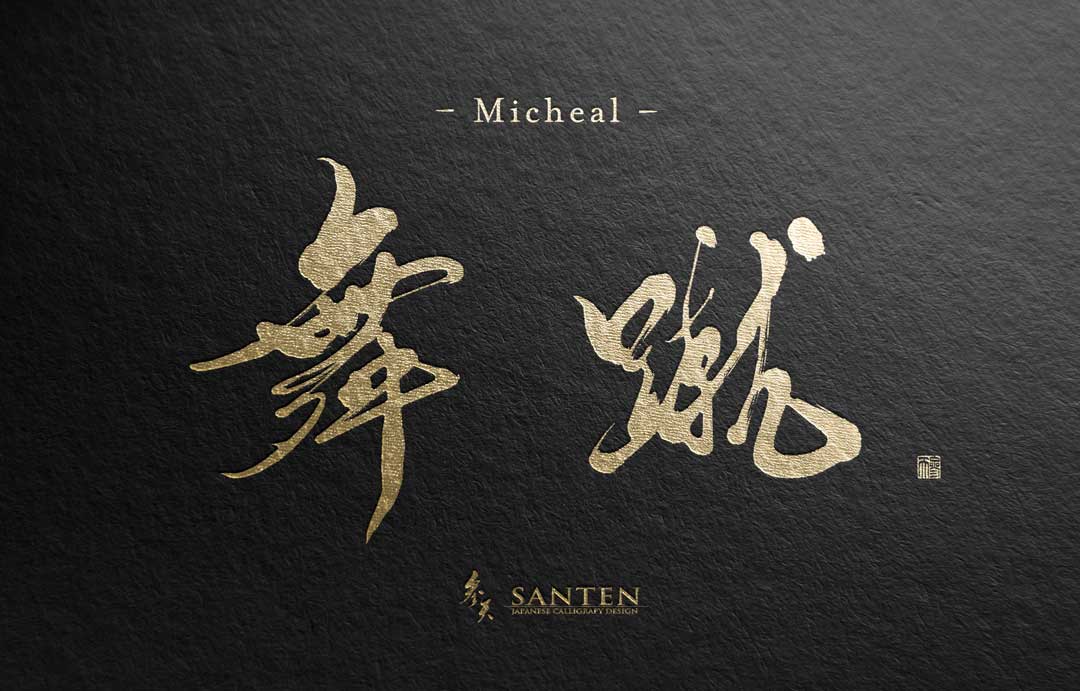
Have you ever wondered how your name would look in Japanese?
If you are interested in Japanese culture, you might think, “My name could look really cool in kanji!”
However, converting foreign names into Japanese isn’t as simple as just matching them to kanji characters.
There are several ways to transliterate names into Japanese, and not all methods will give the meaning or effect you expect.
In this article, we will explain the differences between katakana, hiragana, and kanji, and show you how to create a stylish and meaningful Japanese name.
Three Ways to Write Foreign Names in Japanese
When converting a foreign name into Japanese, you have three main options:
-
Katakana (カタカナ) – Best for preserving the original pronunciation.
-
Hiragana (ひらがな) – Gives a softer and more friendly impression.
-
Kanji (漢字) – Looks visually striking and can carry meaning.
Japanese writing consists of characters that represent sounds and characters that carry meaning. Understanding these distinctions will help you choose the best way to write your name in Japanese.
How Do I Write My Name in ” KATAKANA ”
For foreign names, the Japanese tend to use the katakana script.
Let’s start by understanding the fundamental considerations when transcribing your name in Japanese:
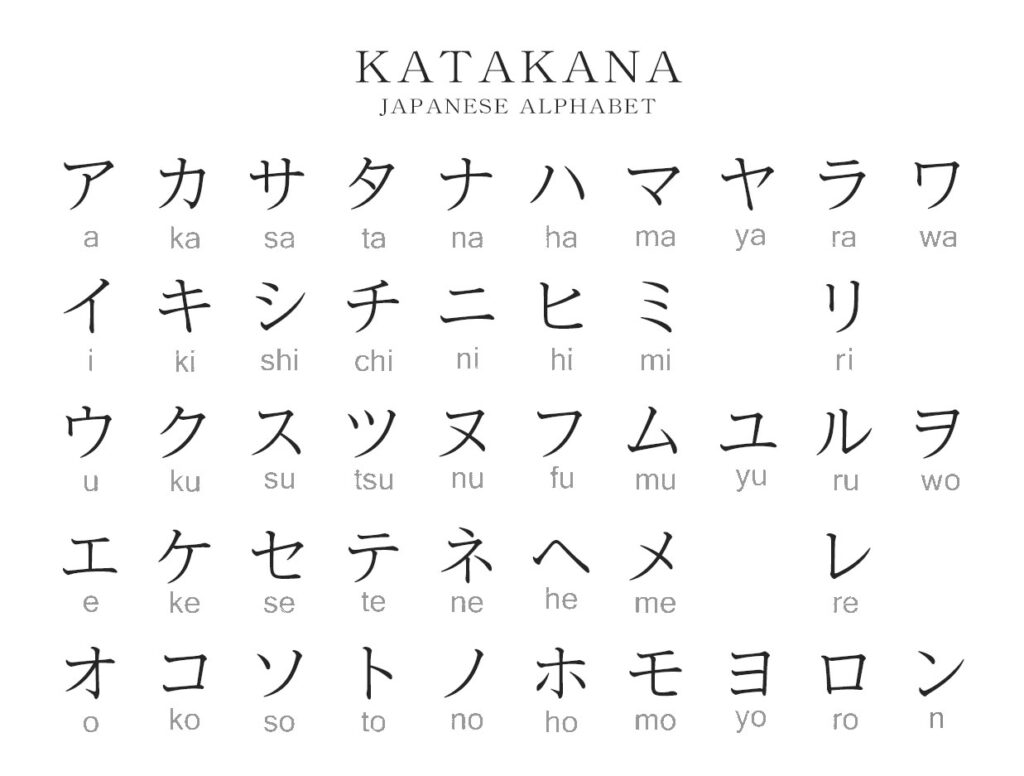
1. Phonetic Transcription
This is by far the most important aspect.
When transcribing your name in Japanese, the sound of the name takes precedence.
In other words, rather than translating the meaning of your name, the Japanese version will mimic the pronunciation.
For example, the English name “Michael” is written as マイケル (Ma-i-ke-ru) in Japanese.
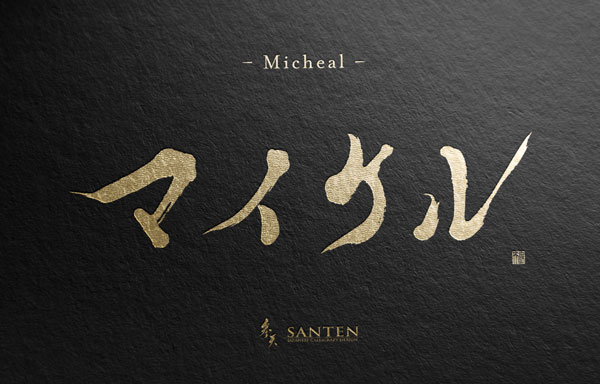
2. Syllable Structure
Japanese is a syllabic language.
This means that except for a few sounds (like ‘n’), syllables in Japanese always end with a vowel.
Thus, English names will often require extra vowels when written in Japanese to fit this syllable structure.
For instance, the name “Smith” becomes スミス (Su-mi-su) in Japanese.
You’ll notice an extra ‘u’ at the end to make it conform to the Japanese syllable structure.
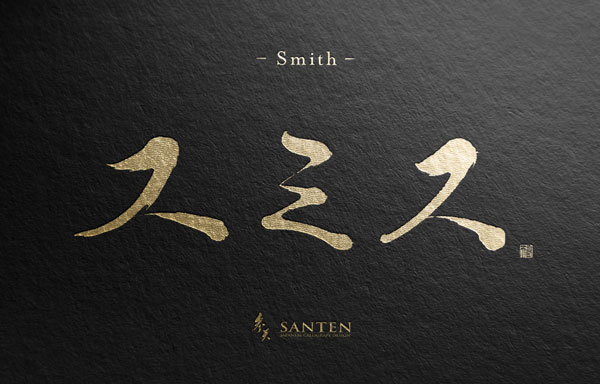
3. No L and R Difference
In Japanese, the same character is used for both ‘R’ and ‘L’ sounds as there is no distinct sound for these in Japanese.
So, if your name contains an ‘L’ or ‘R’, it will be transcribed using the same set of characters.
For instance, “Laura” would be transcribed as ラウラ (Raura), with the ‘R’ character representing both the initial ‘L’ and the ‘R’.
How Do I Write My Name in ” HIRAGANA“
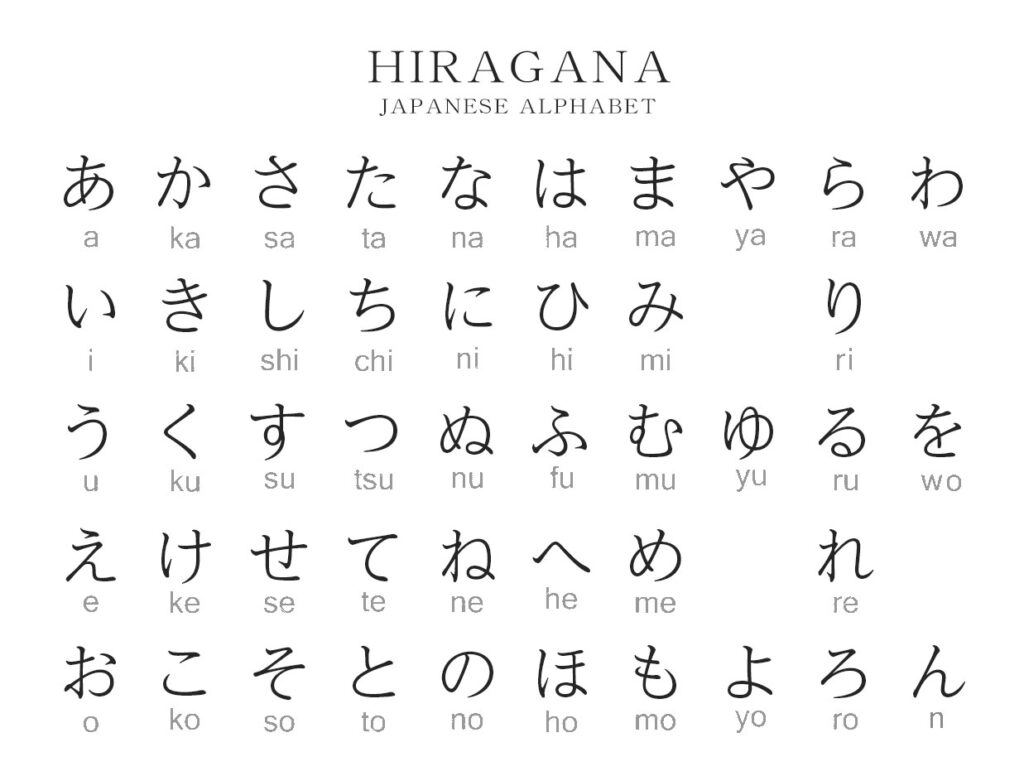
Using hiragana for a name creates a soft and friendly impression.
Since hiragana is typically used for native Japanese words, it is rarely used for foreign names. However, it may be a good choice for those seeking a unique or elegant style.
For example:
-
Emily → えみりー (emirī)
-
Daniel → だにえる (danieru)
One downside is that hiragana can sometimes make a name look childish. In most cases, katakana is preferred for foreign names.
How Do I Write My Name in ” KANJI “
Among those interested in the Japanese language and culture, some are intrigued by the idea of writing their name in Japanese kanji.
However, this is a more challenging task than transcribing foreign names into katakana because kanji have not only sounds but also meanings.
Also, since multiple kanji can express the same sound and each kanji has two readings, on’yomi and kun’yomi, there are countless combinations possible.
Today, we will address a few important points to consider in this process.
1. Sound and Meaning
Each kanji has its own sound and meaning. This is an incredibly important element when converting your name into kanji.
For example, you could write “Kevin” as “毛瓶“, but “毛(ke)” means “Hair“, and “瓶(bin)” means “Bottle“.
If these meanings do not align with Kevin’s characteristics or personality, she might hesitate to choose these kanji.
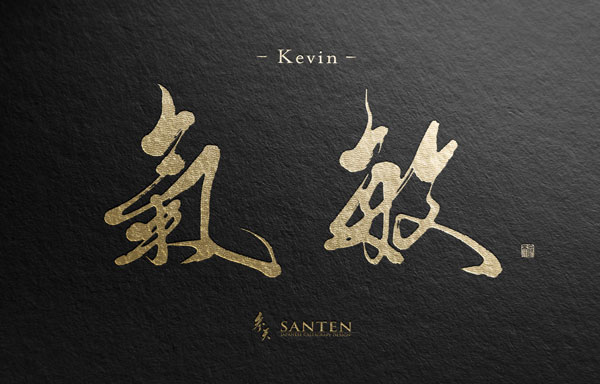
For instance, when selecting a better kanji combination for the name “Kevin,” one example might be “気敏“.
“気” carries the meaning of things we can sense but cannot see around us, as well as our spirit.
“敏” implies quick movement.
The sound of “Kevin” provides limited options for kanji selection, making it one of the more challenging names to transcribe.
In the calligraphy image, we’ve arranged for “気” to be in the old character form, adding a more traditional impression.
This is a creative measure to enhance the overall aesthetics and meaning of the name.
2. On’yomi and Kun’yomi
Each kanji typically has two readings: on’yomi and kun’yomi.
The on’yomi is based on the original Chinese pronunciation and is mainly used when multiple kanji are combined.
The kun’yomi is a uniquely Japanese reading and is used when a single kanji is used alone or in certain words.
When converting an English name into kanji, it is generally advisable to avoid mixing on’yomi and kun’yomi.
That is, the entire name should be composed of either all on’yomi or all kun’yomi.
This is because if on’yomi and kun’yomi are mixed, the name might not sound like natural Japanese.
3. Diverse Choices
When converting an English name into kanji, there are a variety of choices.
This is due to the richness of kanji, as multiple kanji can have the same sound.
For example, “Lisa” could be written as “理沙”, “梨咲”, or “莉沙” etc. Each kanji combination carries different meanings, so the choice can greatly depend on preference and personality.
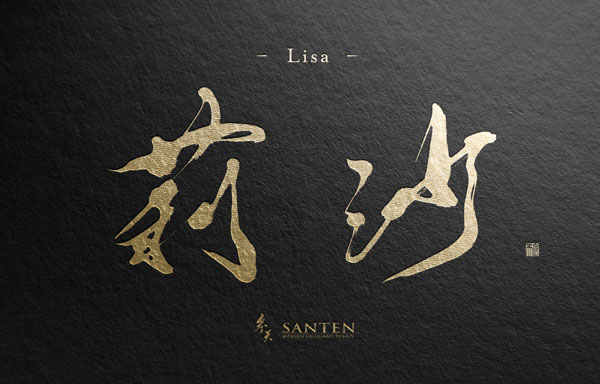
How to Find the Right Kanji for Your Name
If you want to find the perfect kanji for your name, online dictionaries can help.
One useful resource is goo Dictionary’s Kanji Search.
By searching for kanji based on their readings and meanings, you can compare multiple options and choose the best fit for your name.
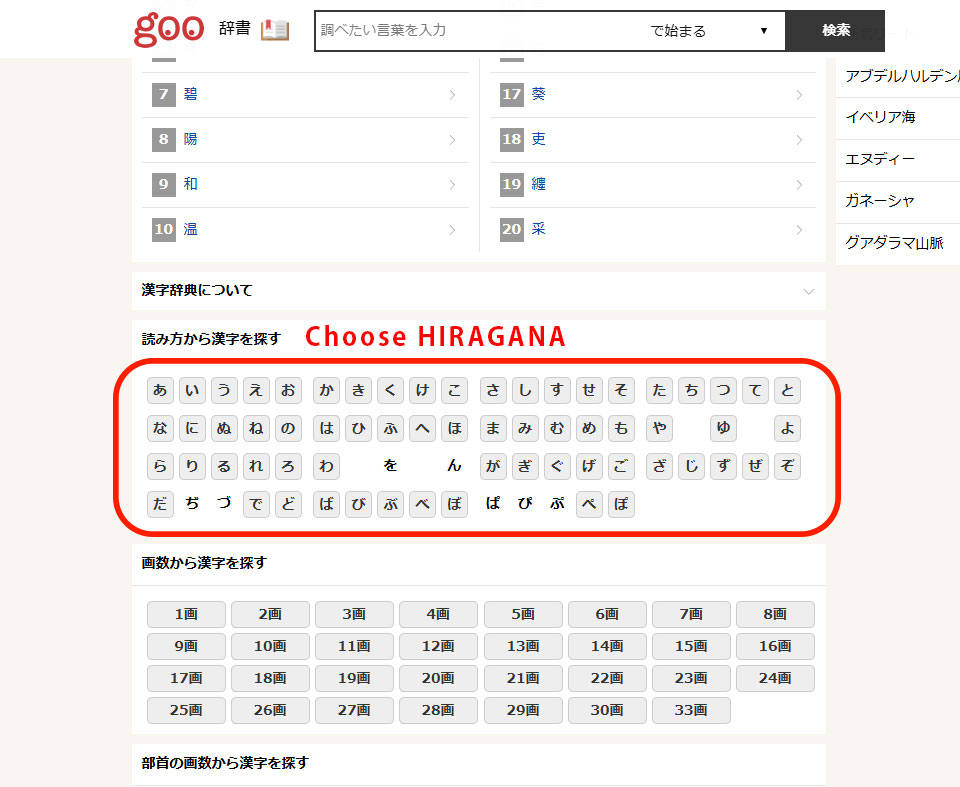
Key Considerations When Translating a Foreign Name into Japanese
When writing a name in Japanese, it is not just about sound conversion. Japanese people also consider aesthetic and cultural factors:
1. Accurate Pronunciation
-
The name should closely match the original pronunciation.
2. Natural Sounding Rhythm
-
The katakana representation should sound smooth and natural.
3. Meaningful Kanji Selection
-
The chosen kanji should have positive and fitting meanings.
4. Kanji Aesthetics
-
The kanji should look visually balanced and appealing.
5. Overall Harmony
-
The entire name should create a cohesive and pleasant impression.
Translating a foreign name into Japanese is not just a technical process—it is an art form.
Which Method Should You Choose?
For most situations, using katakana is the best option. However, kanji can add extra depth and uniqueness.
Reasons for Each Choice:
-
Katakana: Best for daily use and official documents.
-
Kanji: Ideal for artistic purposes, tattoos, or cultural symbolism.
-
Hiragana: Works well for a soft and friendly impression.
Key Takeaways:
-
Katakana is the most widely understood and used in Japan.
-
Kanji should be chosen carefully to ensure a good meaning.
-
Readability is important—complicated kanji can make names difficult to recognize.
If you want to create a meaningful and aesthetically pleasing Japanese name, understanding the nuances of katakana, hiragana, and kanji will help you make the right choice!
Summary: Make Your Name Special in Japanese!
-
There are three main ways to write foreign names in Japanese: katakana, hiragana, and kanji.
-
When creating a kanji name, it’s important to balance sound, meaning, and aesthetics.
-
Choosing a natural and culturally appropriate representation will make your name more attractive in Japanese.
What name would you choose for yourself?
Take some time to explore and create a Japanese name that truly represents you!
Frequently Asked Questions and Their Answers
① Which is more suitable for foreign names in Japanese, katakana or kanji?
Katakana is commonly used in Japanese to represent foreign words and names, making it very convenient for conveying pronunciation accurately.
On the other hand, kanji allows for a more artistic and meaningful representation, as it provides a visual appeal and an inherent meaning.
In formal settings, katakana is generally the preferred choice. However, for self-expression or artistic purposes, kanji can be an attractive alternative.
Choosing the appropriate script depends on the intended use.
②Where can I get advice on converting my name into kanji?
The most reliable way is to consult a native Japanese speaker or someone knowledgeable in the language.
While online translation tools can be helpful, they may not always accurately capture nuances.
Additionally, there are services that specialize in converting names into Japanese, providing appropriate kanji based on phonetics and meaning.
These can be useful for finding the best kanji representation for your name.
③ Will directly converting an English name into Japanese make it sound unnatural?
Yes, directly converting an English name into Japanese can sometimes result in unnatural phrasing due to differences in phonetics.
For example, “Robert” written as “炉葉徒 (Ro-ba-to)” may resemble the pronunciation but lacks logical meaning in Japanese.
To create a more natural-sounding name, it is best to slightly adjust the phonetics and carefully select kanji with meaningful and aesthetically pleasing combinations.
④ When converting a name into kanji, should I prioritize meaning or pronunciation?
The priority depends on the intended use of the name.
If you want a name that sounds natural in Japanese, focusing on phonetics is ideal.
However, if you want to convey a specific image or meaning, choosing kanji based on their significance is more important.
The best approach is to strike a balance between pronunciation and meaning to find a combination that is both logical and visually appealing.
⑤ What should I consider before using a Japanese name as a tattoo?
If you plan to tattoo a Japanese name, it is crucial to verify the meaning of the kanji.
Incorrect character choices can lead to unintended or awkward meanings, which may appear strange to Japanese speakers.
Additionally, using traditional Japanese calligraphy styles, such as brushstroke or seal script, can enhance the aesthetic appeal of the tattoo.
Consulting an expert before finalizing your design will ensure accuracy and cultural appropriateness.
⑥ Is it okay to combine on’yomi and kun’yomi when creating a name in kanji?
In general, it is advisable to avoid mixing on’yomi (Chinese-based readings) and kun’yomi (Japanese-based readings) when creating a name in kanji.
This is because Japanese names typically follow a consistent reading pattern, either using all on’yomi or all kun’yomi for better flow and natural pronunciation.
If on’yomi and kun’yomi are mixed, the name may sound unnatural or difficult for native speakers to recognize.
However, there are some exceptions, and creative combinations can sometimes work if they maintain readability and cultural appropriateness.
Consulting a native speaker or a name specialist can help ensure a well-balanced choice.
Recommended Related Articles
150 Classic Japanese Male Names



